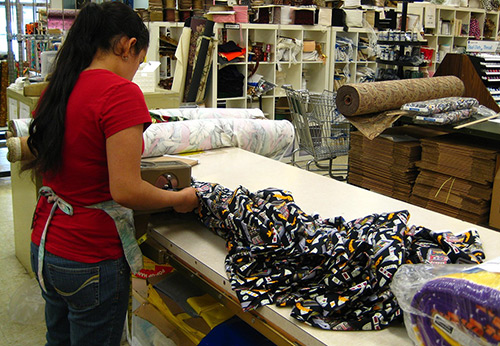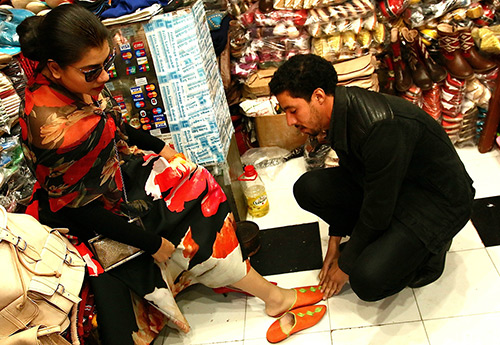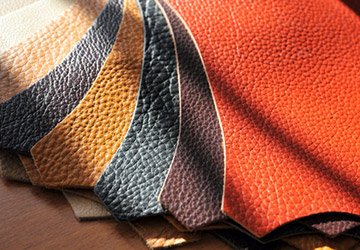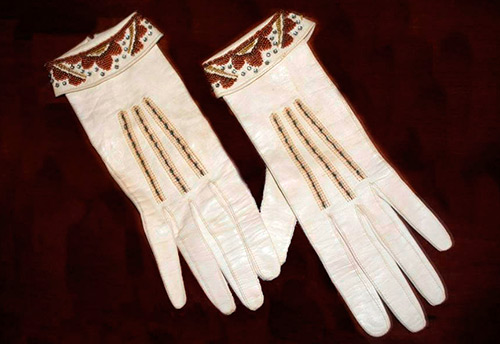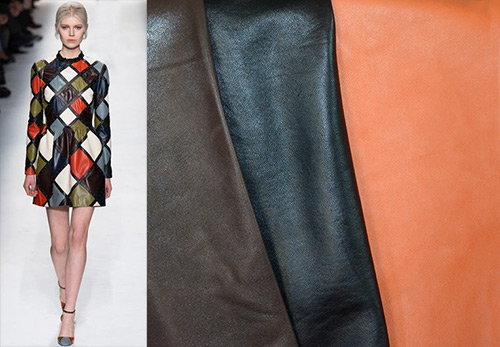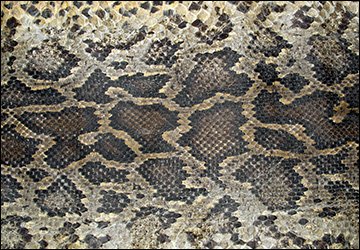Materials Science
Leather embossed morocin or morocin
Morochen is a high quality leather. Morochen has long been called embossed morocco - thin dyed leather. The name "morocin" sometimes means fabric, however, this is not the case. The fabric is called crepe morocinand the leather is moroden. The Europeans consider Marrakesh (Morocco) to be the site of the original leather production in question. In ancient times, embossed leather, imported from Africa, was used to bind valuable books.
Morochene or morocco, skillfully crafted goatskin, was known outside Africa as early as the 13th century. Leather was used for sewing the tops of shoes and for upholstering expensive furniture. Leather dressing in Marrakech is one of the most ancient crafts. For many centuries, the secrets of the leather craft were passed on in Marrakech, various processing methods were invented.
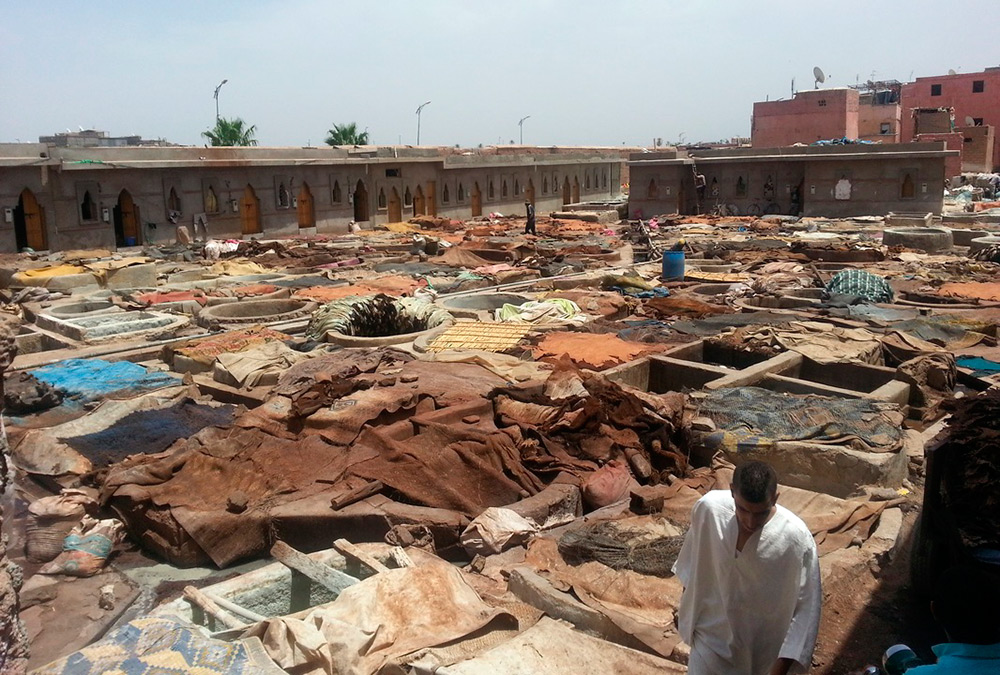
The pretreated leather was tanned in vegetable substances for a long time, gradually increasing the concentration of the tanning solution. This was followed by no less thorough rinsing, pressing, smoothing, drying and finishing. At one of the last stages of finishing, the leather was glossy with a special composition, which, in addition to an aqueous solution of the base paint, included egg whites and linseed oil.
They dyed the skin in bright colors, especially they liked red. In bookbinding, art historians even refer to the "era of the red Marocin." For dyeing the markin red, a powder made from insects called "cochineal" was used, from the females of which they extracted the substance used to obtain the red dye - carmine.

You can see a real Morocin, or morocco, on the covers of old folios. The most valuable, richly inlaid copies have survived to this day with a binding of Marocin with gold embossing.
The morocin, made by skilled craftsmen, did not shrink, retained elasticity, and this made it possible to give the relief depicted on the binding and a bulge and depression. The thinnest leather was distinguished by its high strength and admirably held gilding on itself.
In the 16th and 18th centuries, Morocin, or morocco, was transported by sea to Northern and Western Europe. However, Moroccan moroccan moroccan was too expensive, so for economic reasons, European craftsmen began to use sheep and calf skins.
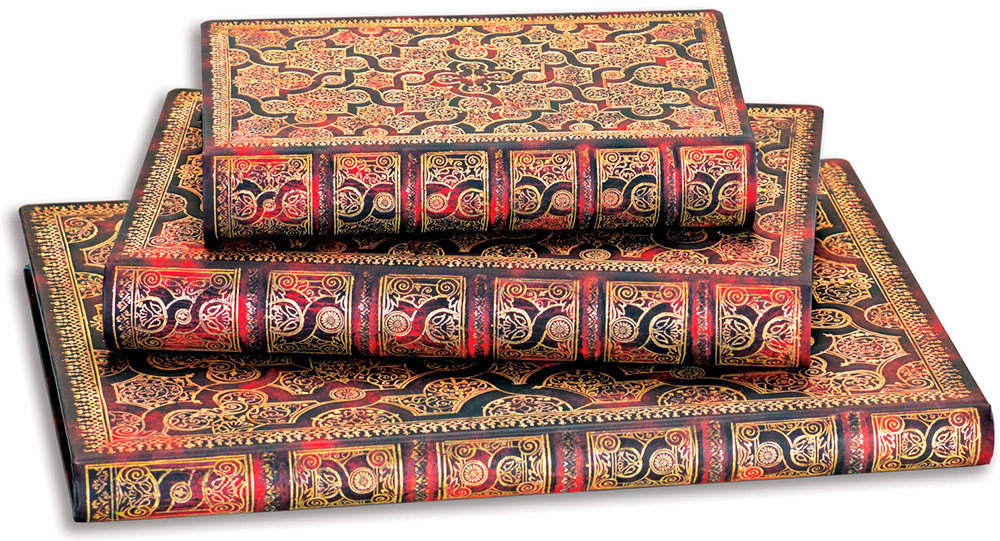
Safyan was also produced in Russia, but here, too, it was the most expensive of all types of leather. In the excavations of even large cities, there are some types of morocco products, but mostly these are handbags for coins (kalita). And a Russian beauty could dream of morocco boots or slippers only with a rich groom.
Morocco boots were embroidered with dragged gold or silver. The morocco was of various colors - white, red, yellow, green, azure. Tsar Mikhail Fedorovich preferred worm-colored morocco (bright crimson, crimson, red), and his son, Alexei Mikhailovich, was yellow.
In Russia, morocco boots were a sign not only of wealth, but also of belonging to the boyar class. Yellow, green and red with upturned noses were in great demand in the market.
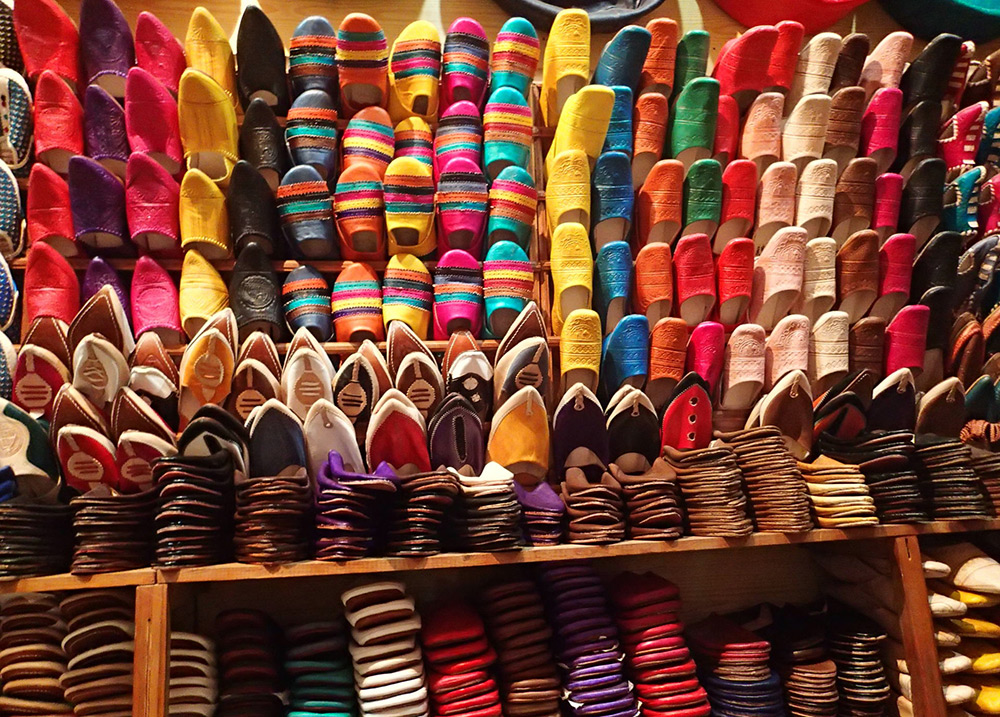
Until the 17th century, there were mainly small workshops, and then under Tsar Alexei Mikhailovich, tanneries came to replace them - the prototypes of future factories, and the production of leather in them was established on an industrial scale.
The state policy of Tsar Alexei Mikhailovich contributed to the prosperity of this industry. At the same time, large centers appeared that specialized in the production of a certain type of leather. It was in Torzhok that morocco leather was made. Products of Russian craftsmen: richly decorated shoes, morocco boots, belts, wallets were widely known.
Crimea was also famous for its artisans, including shoemakers. Leatherworkers worked in different cities of the peninsula. Once upon a time, unique works of leather art were created here. For example, in Bakhchisarai, morocco dressing was one of the earliest crafts in the Crimea. The first mentions of this date back to the 13th century. Then it was a profitable craft, but today it, unfortunately, has been lost, there are almost no products from the morocco of the Crimean tanners. Apparently, the art of making the finest leather is irretrievably lost.
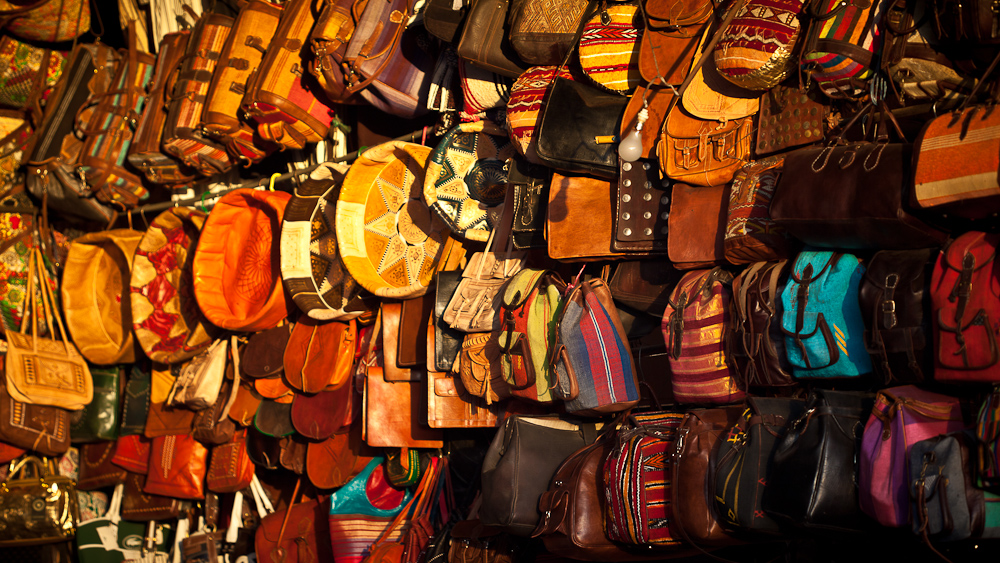
Today, more than a dozen types of leather are known, but many craftsmen prefer morocco, especially for making bags. Currently, morocco is obtained from sheep and calf leather, and, despite its high quality, these are only inferior grades compared to that produced by ancient craftsmen.
One of the first to make bags was to use Mario Prada saffiano leather. Saffiano leather is resistant to mechanical damage and moisture, and this, you see, is comfortable and practical in everyday life. This durability has made it so popular that many well-known brands such as Ferragamo, Prada, Gucci, DKNY, Michael Kors successfully use it in their products.
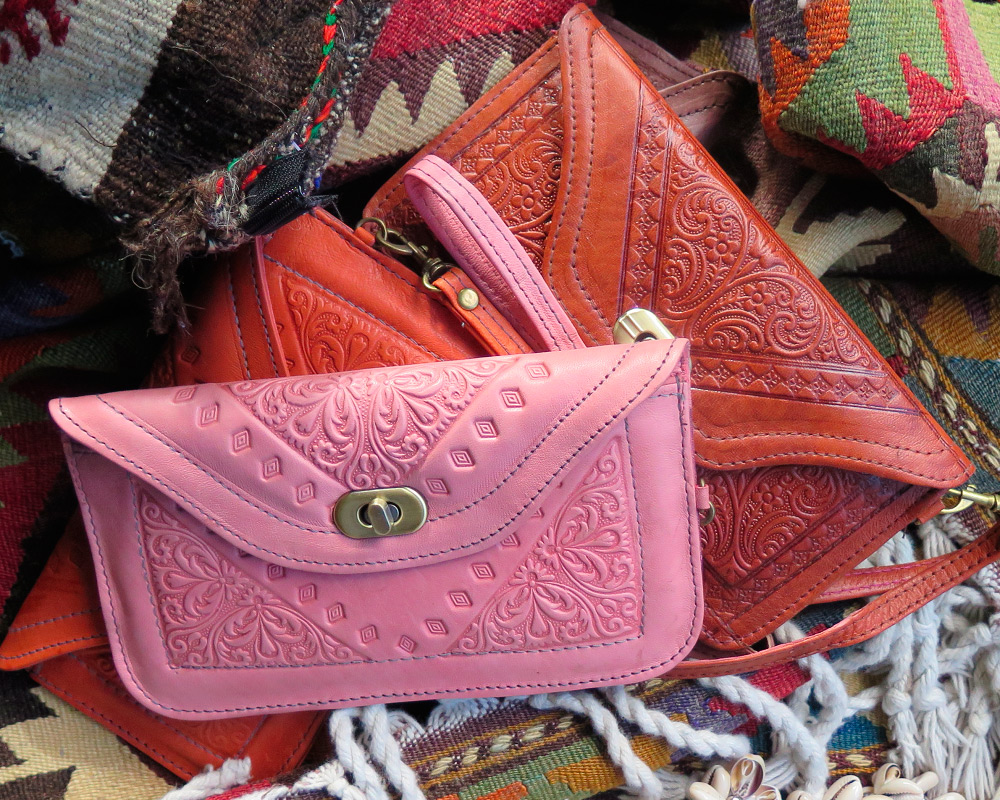
Some products are made of saffiano leather, made in the form of a stamped thin layer on a fabric or some other basis.
In Russia, morocin shoes were highly valued, however, even today you can find real morocin, or morocco, made according to old recipes. This is known to those who have visited Morocco. Probably, morocco grandmothers, bright and richly decorated, you must have bought there?
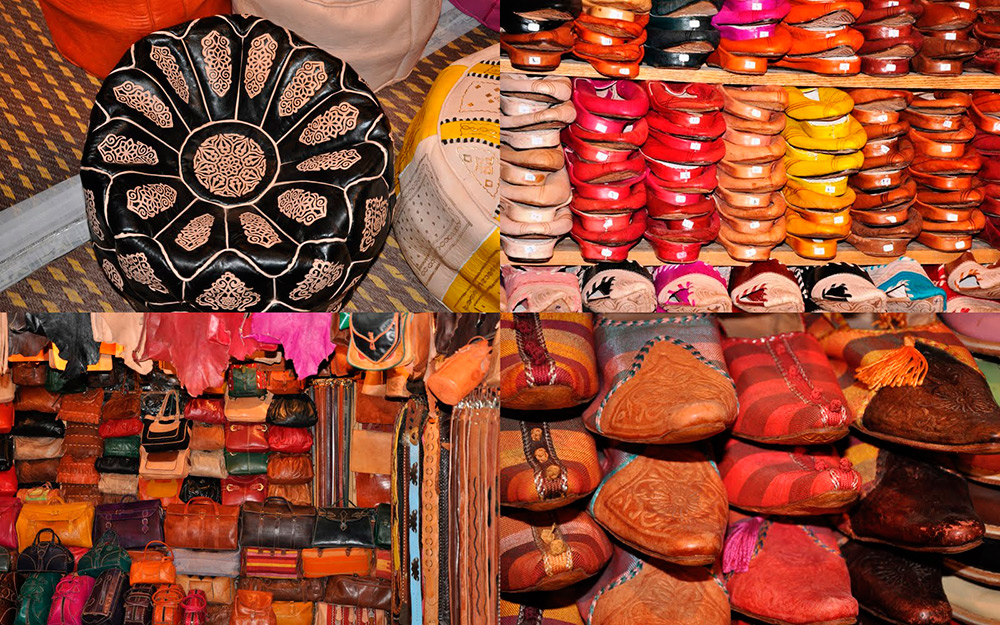
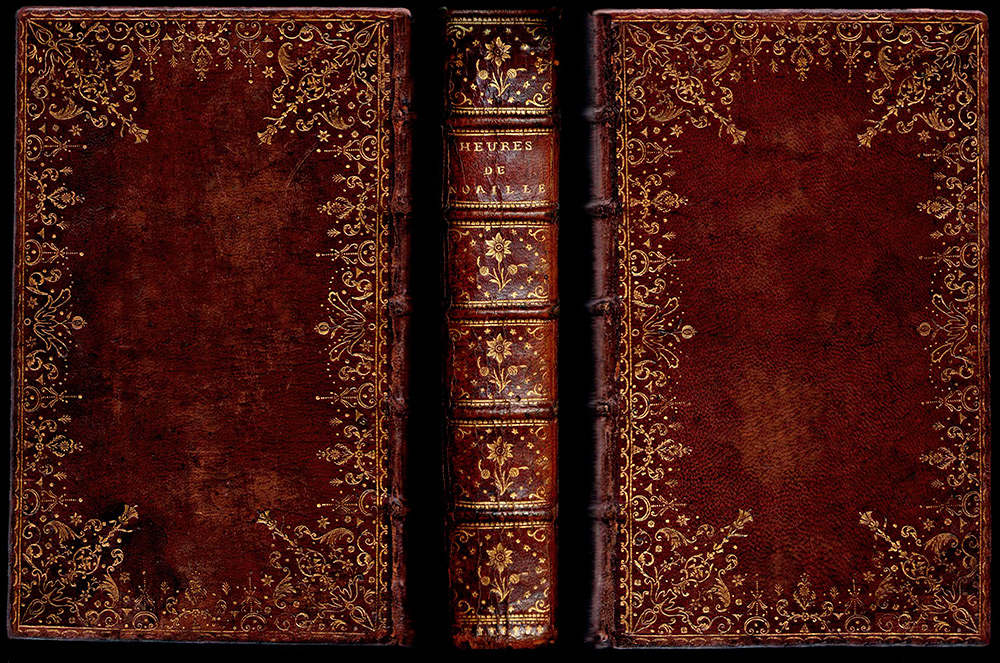
Comments and Reviews
Add a comment
Rating news
Shades of clothing that make women look younger
What shades of hair make women younger: rules and photos
Funny wedding dresses - photos and ideas
12 most expensive down jackets for the winter
How to look 25 at 40: tips from supermodels
Beautiful schoolgirls
Anti-aging haircuts and hairstyles for women
Fashionable skirts for autumn and winter
Fashionable women's trousers for the cold season
Fashionable and stylish sandals for summer 2024
Spring-summer 2024
 Fashionable dresses and tops with thin spaghetti straps
Fashionable dresses and tops with thin spaghetti straps
 Bandana tops: how to wear stylishly and beautifully
Bandana tops: how to wear stylishly and beautifully
 How to put together the perfect men's wardrobe for the summer
How to put together the perfect men's wardrobe for the summer
 Trendy shorts for spring-summer 2024
Trendy shorts for spring-summer 2024
 Fashionable skirts for spring-summer 2024: a guide to online shopping
Fashionable skirts for spring-summer 2024: a guide to online shopping
 The most fashionable dresses spring-summer 2024: styles and colors
The most fashionable dresses spring-summer 2024: styles and colors
 Fashionable total look 2024: image ideas and trends
Fashionable total look 2024: image ideas and trends
